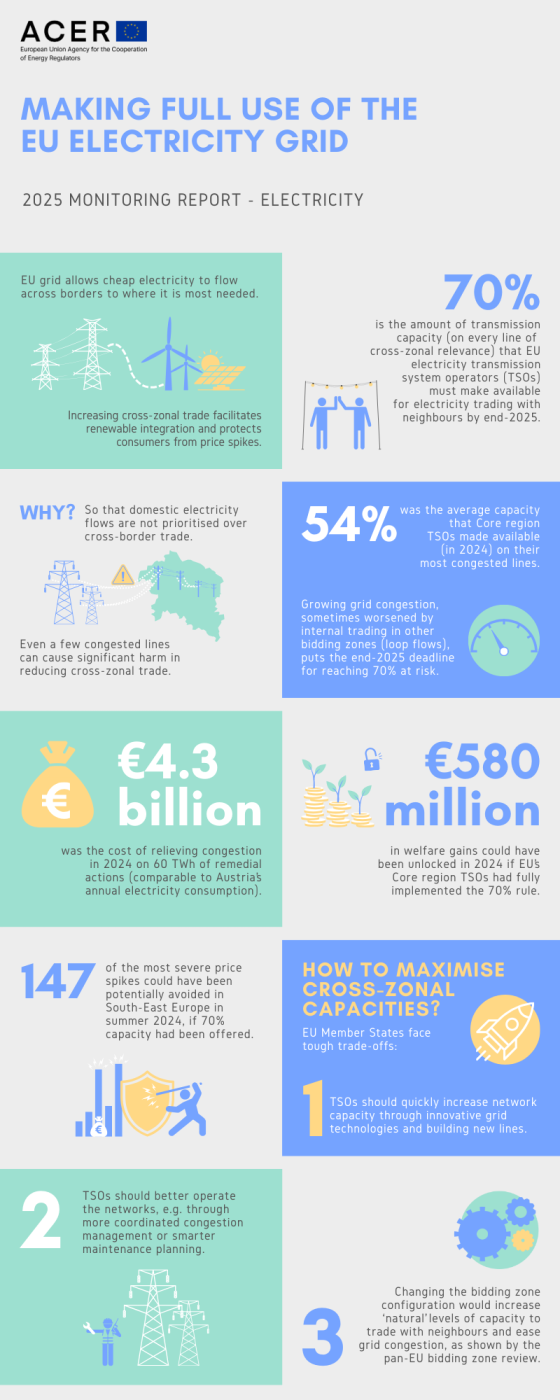Webinar: Methodology for ACER’s new cost efficiency comparison of EU gas TSOs

ACER amends the harmonised allocation rules for long-term electricity transmission rights
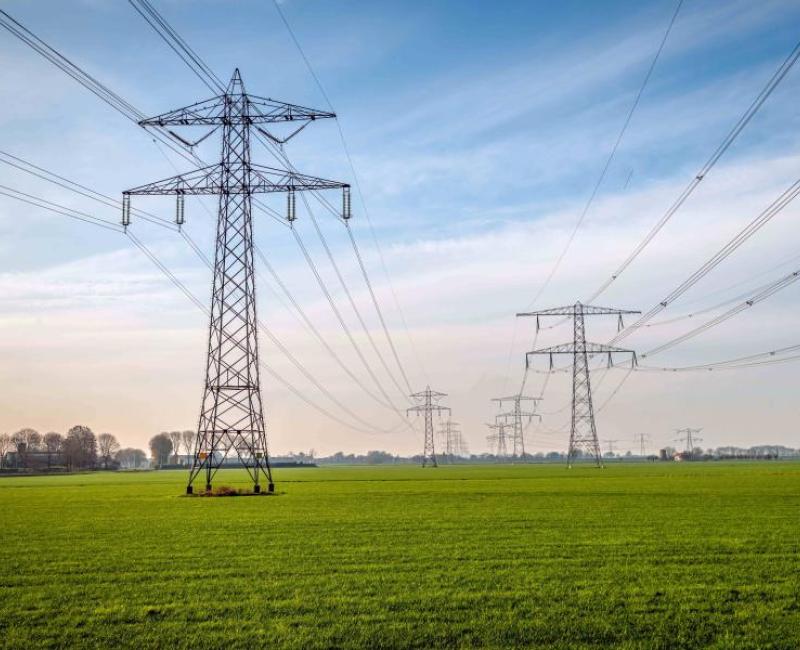
ACER amends the harmonised allocation rules for long-term electricity transmission rights
What is it about?
On 27 March 2025, ACER received the transmission system operators’ (TSOs’) proposal to amend the harmonised allocation rules (HAR) for long-term electricity transmission rights.
The harmonised allocation rules apply to all long-term transmission rights allocations conducted within the European Union, specifying criteria for their auctioning (including use and curtailment of long-term transmission rights, eligibility criteria, etc.).
The TSOs’ proposal included various updates related to arrangements with market participants, reflecting upcoming market changes (e.g. introduction of 15-minute market time unit in the day-ahead electricity market) and recent incidents (e.g. single day-ahead market decoupling in June 2024).
To take an informed decision, ACER consulted stakeholders during Spring 2025.
What did ACER decide?
ACER approves the TSOs' proposal, while adding some clarifications and proposing further reviews on the:
- Usage of the day-ahead price for remunerating long-term transmission rights in case of decoupling: ACER recommends TSOs and national regulatory authorities to review the arrangements among nominated electricity market operators (NEMOs), which should set transparent rules for defining the single day-ahead reference price in case of decoupling.
- Relevant rules for the nomination of physical transmission rights: ACER recommends TSOs and national regulatory authorities to review the applicable nomination rules, considering the introduction of 15-minute market time unit in the day-ahead market.
ACER agreed with TSOs to tackle improvements to the collateral requirements in long-term flow-based auctions separately.
What are the next steps?
TSOs and regulatory authorities should now review nomination rules and multiple NEMOs' arrangements to reflect the latest updates introduced by ACER.
ACER proposes improvements to the European grids legal framework
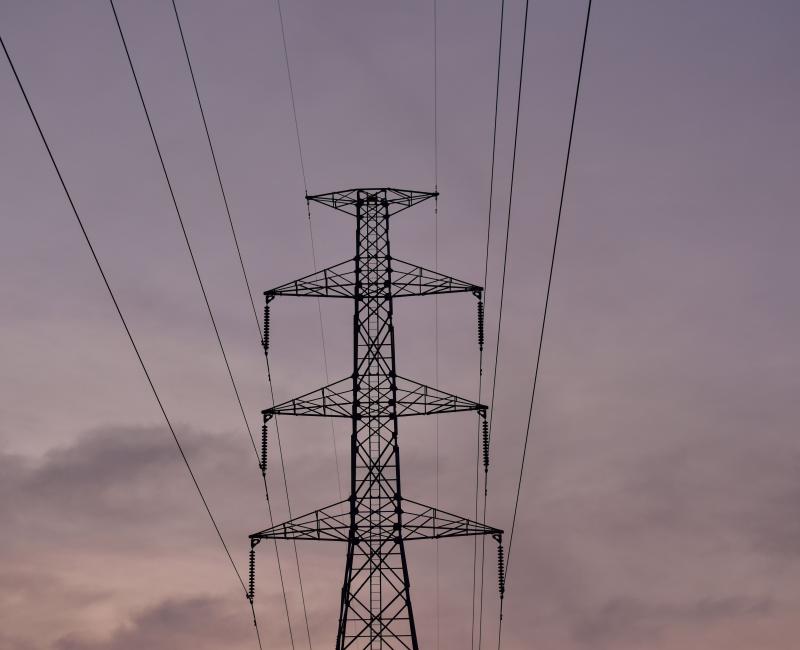
ACER proposes improvements to the European grids legal framework
What is it about?
Ahead of the European Commission’s Grids Package proposals (expected in Q4 2025), ACER sets out its recommendations for revising the current legal framework for grids.
Europe’s power grids need to be upgraded, expanded and optimised to connect more planned renewables and thus speed up a cost-efficient clean energy transition.
The European Commission estimated that investment needs for electricity grids will amount to €730 billion for distribution and €477 billion for transmission by 2040.
The European Commission is developing a Grids Package to improve and simplify the current legal framework. This includes the revision and simplification of the 2022 Trans-European Energy Networks Regulation (TEN-E Regulation), a key framework for European energy infrastructure development.
ACER's recommendations address network development aspects (rather than permitting or financing) to improve the efficiency of the EU network planning process and support a cost-effective energy transition. ACER’s focus is on key key areas of network planning and assessment, including:
- Scenario development and the need for improved coordination within and between ENTSO-E and ENTSOG.
- Identification of infrastructure needs.
- Selection and monitoring of Projects of Common Interest (PCIs).
- Cross-border cost allocation (CBCA).
ACER’s proposals aim to streamline procedures and accelerate the development of key energy infrastructure while reinforcing transparency, regulatory oversight and network planning governance across the EU.
What does ACER recommend?
ACER’s recommendations are grouped into two categories: measures aimed at strengthening the TEN-E process to address existing challenges, and those aimed at simplifying the process.
ACER proposes practical measures to simplify the Ten-Year Network Development Plans (TYNDPs), streamline the selection and monitoring of Projects of Common Interest (PCIs) and recognise the value of alternative solutions, such as non-wire options, to increase electricity grid capacity. ACER recommends to:
- Strengthen regulatory oversight: enhance ACER’s role in overseeing key methodologies for scenario development and infrastructure planning at the European level.
- Improve identification and prioritisation of infrastructure needs: establish effective mechanisms where possible within the current framework to ensure that critical infrastructure gaps are identified and addressed with the most suitable solutions.
- Streamline and simplify TEN-E processes: build on lessons learned from network development, PCI selection and PCI monitoring for more efficient and transparent processes.
While some of ACER’s recommendations require amendments to the current legal framework, others could be achieved through better implementation of the existing regulatory framework.
What’s next?
- The European Commission proposals to revise the TEN-E Regulation as part of the upcoming European Grids Package are expected in Q4 2025.
- ACER stands ready to engage in discussions with the EU co-legislators and stakeholders.
Electricity system operators’ bidding zone study significantly underestimates the benefits of reshaping Europe’s bidding zones
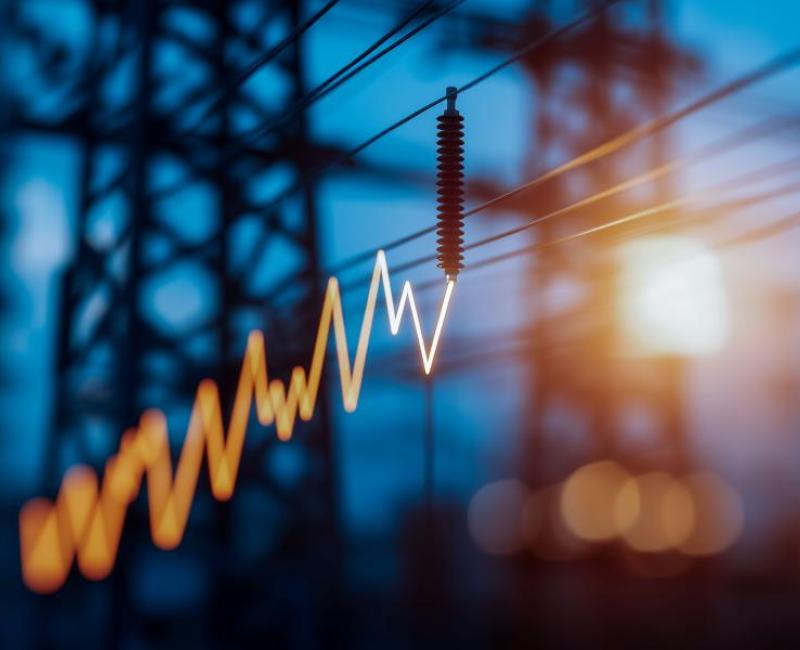
Electricity system operators’ bidding zone study significantly underestimates the benefits of reshaping Europe’s bidding zones
What is it about?
ACER releases today an Opinion assessing whether the European transmission system operators (TSOs) followed the EU legal and regulatory framework when performing their bidding zone review study published on 28 April 2025.
Currently, most bidding zones in the EU are defined by national borders. But, under EU law, bidding zones must be formed in a way that maximises economic efficiency and cross-zonal trading opportunities, while ensuring security of supply. To achieve this, a review of the existing bidding zones was needed to identify structural grid congestions and evaluate the potential benefits of alternative configurations.
In the review process, ACER role was to set the methodology and identify alternative bidding zone configurations for TSOs to consider in their review.
The TSOs’ report, which assesses 14 bidding zones configurations across Central and Northern Europe, is intended to help EU Member States decide whether to amend or keep the current bidding zones.
This ACER’s Opinion, addressed to the Council of the EU, assesses whether the TSOs’ study followed the agreed bidding zone review methodology and evaluates the impact of any deviations. It is not intended as a recommendation for Member States’ decisions.
What are the key findings?
ACER finds the study broadly aligns with the EU framework but significantly underestimates the benefits of re-shaping Europe’s electricity bidding zones. ACER identifies two main shortcomings:
- Central European TSOs’ coordination level in solving network congestions has been overestimated. Hence, the TSOs’ study undervalues the efficiency gains of alternative reconfigurations that split the bidding zone of Germany-Luxembourg and that link them up with a bidding zone reconfiguration in the Netherlands. ACER estimates the benefits of those configurations in the order of 450-540 million EUR per year, 70% higher than TSOs’ assessment.
- TSOs’ estimated costs for reconfiguring the bidding zones are based on limited stakeholders’ input and do not sufficiently reflect past experiences.
ACER acknowledges the significant work by TSOs and other stakeholders in the study and the overall positive collaboration. The ACER Opinion also draws some recommendations to ensure a more effective and efficient process going forward.
What are the next steps?
Following the publication of the TSOs’ report (28 April 2025) Member States have six months to decide whether to amend the current bidding zones. If individual Member States wish to amend their bidding zone configuration, but no unanimous agreement is reached among the relevant parties, the European Commission (after consulting ACER) will have six months to decide.
Changing of the guard at ACER

Changing of the guard at ACER
What is it about?

- Ms Emmanuelle Wargon is the new Chair of the Board of Regulators of the EU Agency for the Cooperation of Energy Regulators (ACER).
- Mr George Niculescu is the new Vice-Chair of the ACER Board of Regulators.
- Mr Volker Zuleger has been appointed Director ad interim of ACER.
The Director manages the EU Agency. The Board of Regulators is one of the Agency’s governing bodies. It represents the national energy regulatory authorities in ACER.
The Board of Regulator appointments were made, by consensus, at the 134th meeting of the ACER Board of Regulators today in Copenhagen. Ms Wargon and Mr Niculescu succeed Ms Clara Poletti (Italy) and Mr Rafal Gawin (Poland), the outgoing Chair and Vice Chair respectively.
At national level, Ms Wargon is Chair of the ‘Commission de Régulation de l’Énergie (CRE)’, the French energy regulatory authority, since August 2022. Mr Niculescu is President of the ‘Autoritatea Nationala de Reglementare in domeniul Energiei (ANRE), the Romanian energy regulatory authority, since April 2023.
The ACER term of office of the new Chair and Vice Chair takes effect immediately, from 17 September 2025, for a two-and-a-half year mandate (which is renewable).
The Chair and Vice-Chair member shall serve for a full term (2.5 years) or until the end of his/her membership of the Board of Regulators (i.e. if their term of office at national level ceases), whichever is earlier.
Mr Volker Zuleger was appointed Director ad interim of ACER, following a decision by the Agency’s Administrative Board on 12 September. He takes over as interim Director on 16 October 2025, ensuring the continuity of the service and the proper running of the Agency. He succeeds Mr Christian Zinglersen, who vacates the ACER Director post on 15 October to take up a new position elsewhere.
Mr Zuleger is currently Head of ACER’s Coordination, Operations and Legal (COL) Department, having worked for the Agency in different roles for 14 years.
The next step is the recruitment of the new ACER Director. This selection process will follow an open and transparent procedure launched by the European Commission.
ACER congratulates Volker, Emmanuelle and George and pays tribute to the dedicated service of Christian, Clara and Rafal in their respective roles.
For more on the ACER governance and different roles, see the Agency's organisation and bodies.
2026 EU Agencies Regatta
This page is a placeholder for the 2026 EU Agencies Regatta.
Detailed information will be made available closer to the event.
ACER to decide on amending the maximum and minimum clearing prices for the European day-ahead and intraday electricity markets
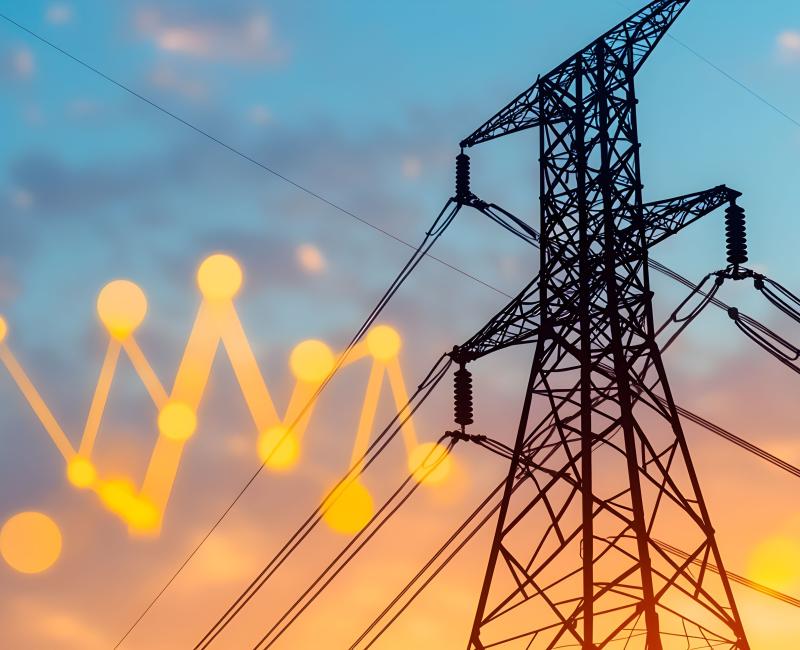
ACER to decide on amending the maximum and minimum clearing prices for the European day-ahead and intraday electricity markets
What is it about?
On 4 August 2025, ACER received two proposals from all nominated electricity market operators (NEMOs) to amend the harmonised maximum and minimum clearing price (HMMCP) methodologies for the European day-ahead and intraday markets, respectively.
What are the methodologies about?
Established under the Capacity Allocation and Congestion Management (CACM) Regulation, the HMMCP methodologies describe the automatic price adjustment mechanisms and how they may be triggered in cases of exceptionally high or low prices in Europe’s electricity day-ahead and intraday markets. They also define the maximum and minimum price limits (the so called ‘maximum and minimum clearing prices’) for the European day-ahead and intraday markets.
Why amend the methodologies?
NEMOs propose to include an additional metric (based on market liquidity) among the conditions for triggering the automatic price adjustment mechanism. The purpose of such inclusion is to avoid the potential triggering of the automatic price adjustment mechanisms in cases of low liquidity in the European day-ahead and intraday markets.
What are the next steps?
ACER expects to decide on the methodologies by February 2026.
Contact information
Interested parties are encouraged to submit comments or questions to ACER-ELE-2025-008@acer.europa.eu by 31 October 2025.
Relevant documents
All NEMOs proposal to amend the HMMCP methodology for SDAC.
All NEMOs proposal to amend the HMMCP methodology for SDAC (in track changes).
All NEMOs proposal to amend the HMMCP methodology for SIDC.
All NEMOs proposal to amend the HMMCP methodology for SIDC (in track changes).
ACER welcomes updates to ENTSO-E’s Transparency Platform manual
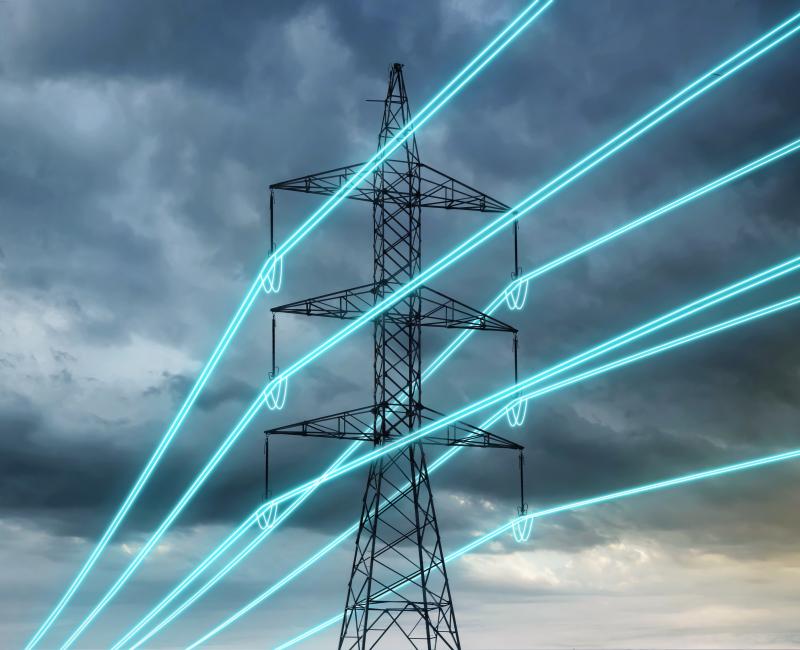
ACER welcomes updates to ENTSO-E’s Transparency Platform manual
What is it about?
Today, ACER publishes its Opinion on the updated manual of procedures for the European Network of Transmission System Operators for Electricity (ENTSO-E) Transparency Platform, submitted on 8 July 2025.
What is the ENTSO-E Transparency Platform?
The ENTSO-E Transparency Platform is a key tool for collecting and centralising electricity data at the European level. It provides open access to information on electricity generation, transmission and consumption, supporting all market participants, including generators, retailers and traders.
Why an ACER opinion?
In line with the Transparency Regulation, ENTSO-E must maintain and update a manual of procedures for the Transparency Platform, defining the data formats, communication standards, technical and operational requirements for data providers, as well as production type classifications. The manual must be developed through stakeholder consultation and submitted to ACER for an opinion before any updates are published. To date, ACER has issued four Opinions on ENTSO-E’s manual.
What are ACER’s main takeaways?
ACER finds that the updated manual aligns with the objectives of the Transparency Regulation and related EU legislation. In its Opinion, ACER:
- Notes the addition of new data items and definitions, which improve the scope and accessibility of published data.
- Welcomes ENTSO-E’s efforts on addressing data quality issues.
ACER recommends further improvements to the manual, including:
- harmonising definitions of data items across legal frameworks;
- improving clarity of publications related to balancing and cross-zonal capacities;
- strengthening data quality on the platform; and
- considering feedback from previous ACER Opinions.
What’s next?
ENTSO-E should take ACER’s recommendations into account and proceed with publishing the final updated manual of procedures.
Meeting 70% grid capacity rule could have avoided electricity price spikes in South-East Europe
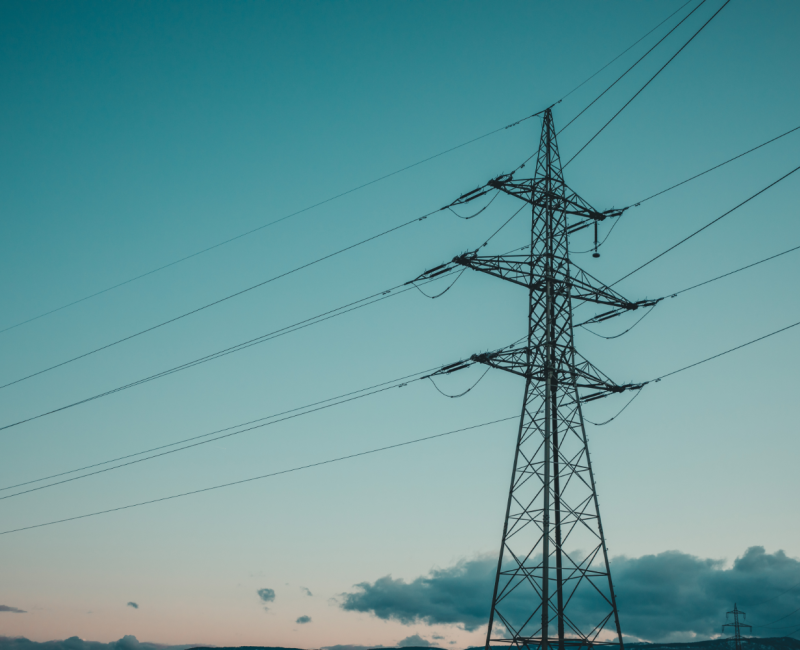
Meeting 70% grid capacity rule could have avoided electricity price spikes in South-East Europe
What is it about?
Today, ACER publishes its 2025 Monitoring Report on electricity cross-zonal capacities and congestion management.
ACER Director, Christian Zinglersen, is in Copenhagen today to present key insights from the ACER report at the Council’s informal meeting of energy ministers under the Danish presidency.
The 2019 Clean Energy Package introduced a legal requirement on EU electricity transmission system operators (TSOs) to make at least 70% of their physical transmission capacity available for cross-zonal trade (by the end of 2025 at the latest) on all lines of cross-zonal relevance. This ensures that enough transmission capacity is allocated for cross-zonal trade with neighbours and mitigates discrimination against cross-zonal trade in favour of internal trade.
This ACER report highlights the importance of implementing the ‘70% rule’ to facilitate more cross-zonal electricity trade. Increasing the level of electricity trade between EU Member States enhances the resilience of the power system, optimises available resources and facilitates the efficient integration of renewable energy.
What are ACER’s findings?
- Untapped value of additional cross-zonal trade: Persistent price differences between bidding zones highlight the need for more cross-zonal trade to unlock further market benefits.
- Meeting the 70% requirement would:
- Ensure that domestic electricity flows are not prioritised over cross-border trade.
- Reduce price volatility and price spikes (such as those seen in summer 2024 across South-East Europe).
- Bring additional welfare to EU electricity markets. In 2024 alone, meeting 70% in the Core region would have provided at least EUR 580 million in economic welfare through more electricity trading, had Core region TSOs implemented the 70% rule.
- Progress, but work to be done as the ‘end-2025 deadline’ is at risk: While TSOs are progressing (Core region TSOs made available on average 54% of the capacity on the most congested lines in 2024), implementation delays could prevent some of them from meeting the legal deadline (of 70% on all relevant lines) at the end of 2025.
- Growing grid congestion: Delays in grid reinforcement continue to widen the gap between grid development and system needs, ensuring continued reliance on costly remedial actions to relieve grid congestion. In 2024, EU TSOs spent €4.3 billion on 60 TWh (comparable to Austria’s annual electricity consumption) of remedial actions to manage EU power grid congestion.
What are ACER’s recommendations?
This ACER report underlines the importance of cross-zonal trade as a key source of power system flexibility, helping to shield consumers from price volatility and support the growth of renewables. ACER recommends:
- Member States and TSOs to prioritise the 70% requirement using the different options available e.g. investing in grid-enhancing technologies (non-wire alternatives) to increase network capacity.
- TSOs and nominated electricity market operators (NEMOs) to continue improving how available cross-zonal capacity is calculated and allocated.
- TSOs to promptly implement the EU framework for congestion management to ensure grid congestion is addressed efficiently and in a coordinated manner.
Explore ACER’s interactive dashboard for data on cross-zonal electricity trade, congestion management costs and progress in meeting the 70% capacity rule by region.
